Discover 8 hidden attractions, cool sights, and unusual things to do in Cockermouth (United Kingdom). Don't miss out on these must-see attractions: Cockermouth Castle, Cockermouth United Reformed Church, and Wordsworth House. Also, be sure to include Clints Crags in your itinerary.
Below, you can find the list of the most amazing places you should visit in Cockermouth (England).
Table of Contents
Cockermouth Castle
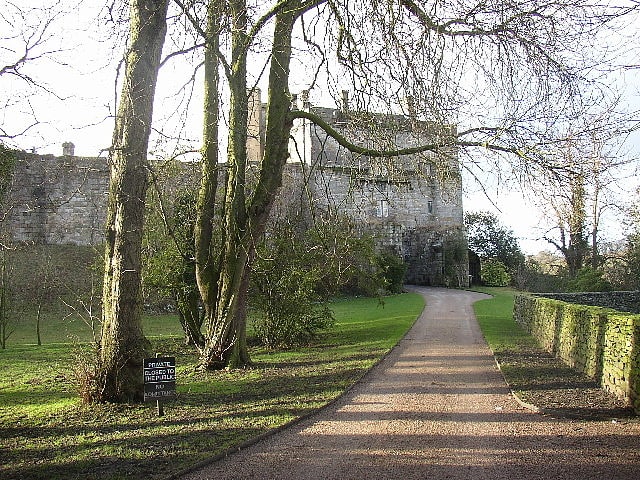
Cockermouth Castle is in the town of Cockermouth in Cumbria on a site by the junction of the Rivers Cocker and Derwent. It is a grade I listed building and a Scheduled Ancient Monument.[1]
Cockermouth United Reformed Church
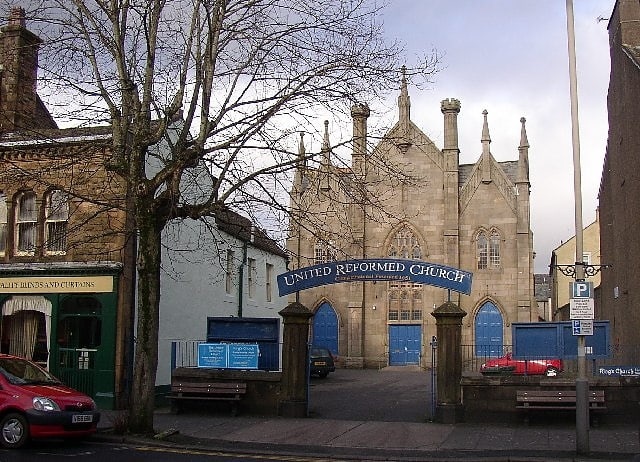
Cockermouth United Reformed Church is a congregation first established at Cockermouth, England, in 1651. Originally known as Cockermouth Independent Church, it was later called Cockermouth Congregational Church before acquiring its present name The congregation met initially in private houses, then settled on using a converted house from 1687. They constructed a chapel in 1719, which was rebuilt in 1735 and then replaced by the present building, which was completed in 1850. The current building, which is a Grade II listed building, lies next to the previous chapel.[2]
Wordsworth House
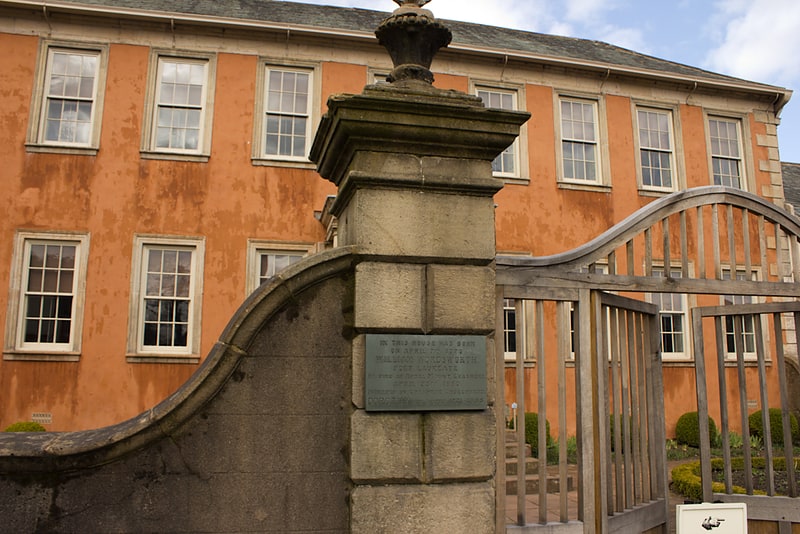
Museum in Cockermouth, England. Wordsworth House is a Georgian townhouse situated in Cockermouth, Cumbria, England, and in the ownership of the National Trust. It was built in the mid-18th century. William Wordsworth was born in the house in 1770. The house is a Grade I listed building. It is open to the public as a writer's house museum from March to October each year.[3]
Address: Main St., CA13 9RX Cockermouth
Clints Crags
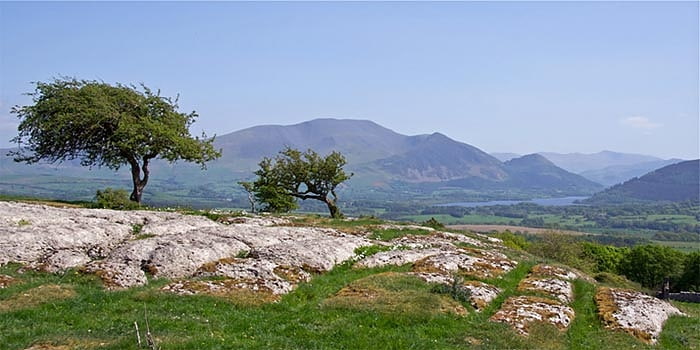
Summit in England. Clints Crags is a small fell in the north of the English Lake District near Blindcrake, Cumbria. It has its own chapter in Alfred Wainwright's The Outlying Fells of Lakeland. He describes a circular walk from Blindcrake, and laments that at the time of writing : "This is a walk on public footpaths, but until somebody removes the barbed wire and other obstacles to legitimate progress it can be recommended only to gymnasts." It reaches 804 feet. Since the time of writing the barbed wire has been removed and the path to the summit is clear of obstructions.
Clints Crags offers a pleasant and easy stroll to the summit from the village of Blindcrake. The gradient of the crags is much steeper rising north out of the Isel valley, however there are no footpaths to the crags from the valley bottom. There is an old limestone quarry near the summit of the hill, this is now an SSSI, being home to a rare species of newt that breeds in the old quarry lakes. The summit is a large expanse of limestone outcrops and pavement, which is also a designated SSSI. The fragile limestone habitat supports various rare calcareous species of flora and fauna.[4]
Wordworth House
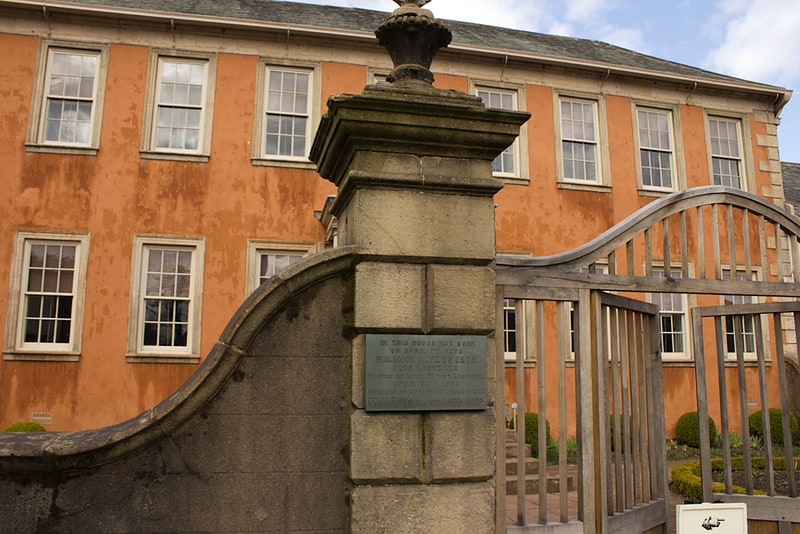
Museum in Cockermouth, England. Wordsworth House is a Georgian townhouse situated in Cockermouth, Cumbria, England, and in the ownership of the National Trust. It was built in the mid-18th century. William Wordsworth was born in the house in 1770. The house is a Grade I listed building. It is open to the public as a writer's house museum from March to October each year.[5]
Address: Main Street, Cockermouth
Brackenthwaite Hows
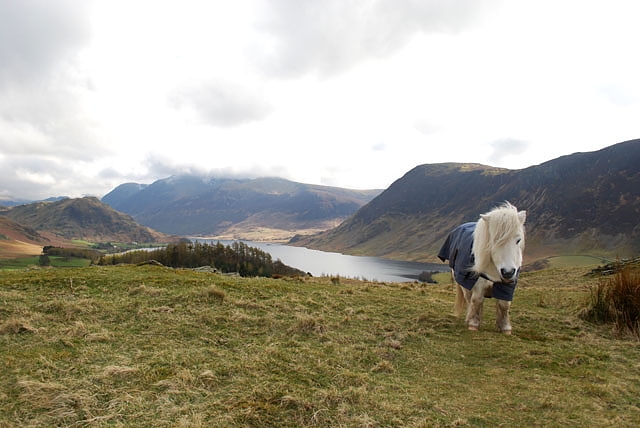
Brackenthwaite Hows is a hill in the Lake District of North West England.
Crummock Water, Looking Towards Buttermere, a view from the hill was painted by J. M. W. Turner in 1797.
In 2019 the National Trust paid £202,000 for 77 acres of land comprising the site from three different owners. One of the three owners was Ruth and David Hill who had owned part of Brackenthwaite Hows since 1990.
The general manager for the National Trust in the North Lakes, Tom Burditt, said that the trust would "explore ways to improve access routes to the historic viewing station" and "work hard to support this area of high cultural and ecological importance, which neighbours woodland, fells and lakes that we already look after. We plan to maintain its mosaic of veteran and younger trees and heathland habitats which provide a haven for rare birds, bluebells and red squirrels".
It is 208 meters in height.
Alfred Wainwright in The North Western Fells, the sixth volume of his Pictorial Guide to the Lakeland Fells from 1964 described the hill as "an insignificant mound in stature and seems hardly worth turning aside to visit. But do it" and drew an illustration of himself admiring the view of High Stile from the hill.[6]
Bewaldeth and Snittlegarth
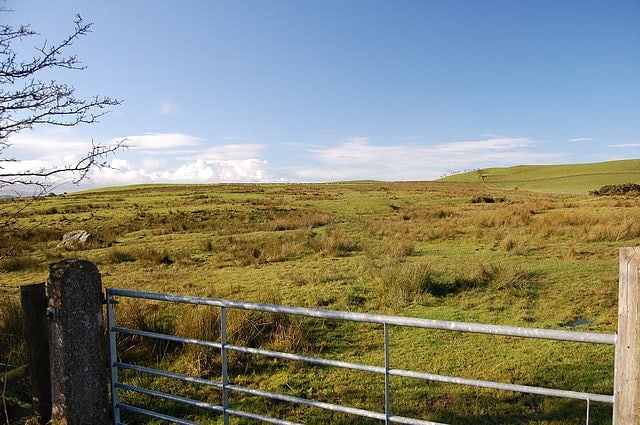
Village in England. Bewaldeth and Snittlegarth is a civil parish in the Allerdale district of Cumbria, England, historically part of Cumberland, on the edge of the Lake District.
According to the 2001 census it had a population of 40 who live in 1,534 acres (621 ha). At the 2011 Census it was measured that the population was still less than 100.
According to Bulmer's History & Directory Of Cumberland (1901); "Snittlegarth.. is supposed to have been formerly a village of considerable magnitude. The word "Snittlegarth" is thought to signify an enclosure".[7]
Jennings Brewery
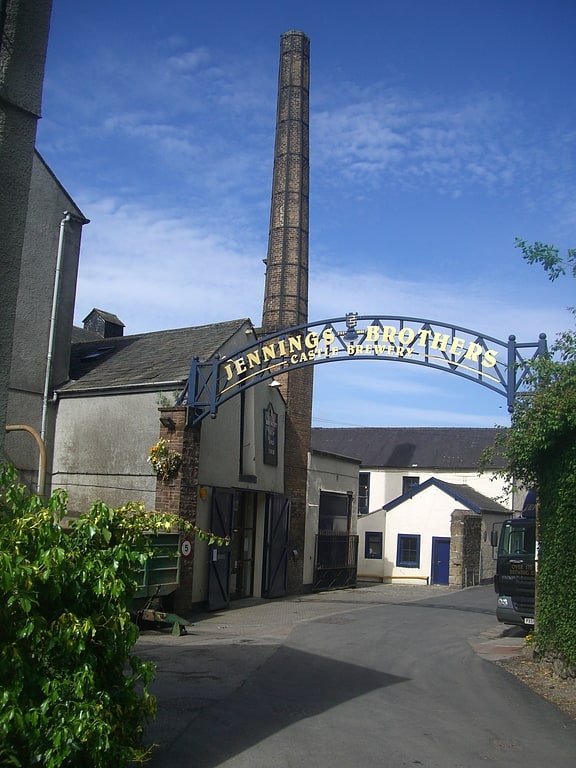
Jennings Brewery was established as a family concern in 1828 in the village of Lorton, between Buttermere and Cockermouth in the Lake District, England. The brewery was started by John Jennings Snr, son of William Jennings. Jennings brewed exclusively in Lorton until 1874 when its present home, the Castle Brewery in Cockermouth, was purchased. The Lorton brewery closed some five years later.
Jennings Brewery brew a range of ales using lakeland water drawn from the brewery's own well, malted Maris Otter barley from Norfolk and Goldings, Fuggles and Challenger hops from Kent, Herefordshire and Worcestershire. The malt used by Jennings brewery is screened and crushed rather than ground into a flour to keep the husks as whole as possible. The hops used are flaked rather than the increasingly popular hop pellets available nowadays.
In May 2005 Jennings Brewery was purchased by the national brewer, Wolverhampton & Dudley Breweries,. The purchase was opposed by the Campaign for Real Ale, which feared W&DB would close the Cockermouth brewery. These fears seem to have been unfounded, however, as in June 2005 W&DB announced it would invest £250,000 to expand fermenting and cask racking capacity in Cockermouth, this work had been completed before the end of October 2008
Following the takeover by W&DB, the brewery's distribution centre in Workington was closed and its tied estate of 127 pubs absorbed by the W&DB pub company.
In May 2020, Marston's announced that it would merge its brewing business with Carlsberg UK, into a joint venture valued at £780m. Marston's will take a 40% stake in the merged firm. The deal will involve Marston's six breweries and distribution depots, but not its 1,400 pubs.[8]
Address: Castle Brewery, CA13 9NE Cockermouth